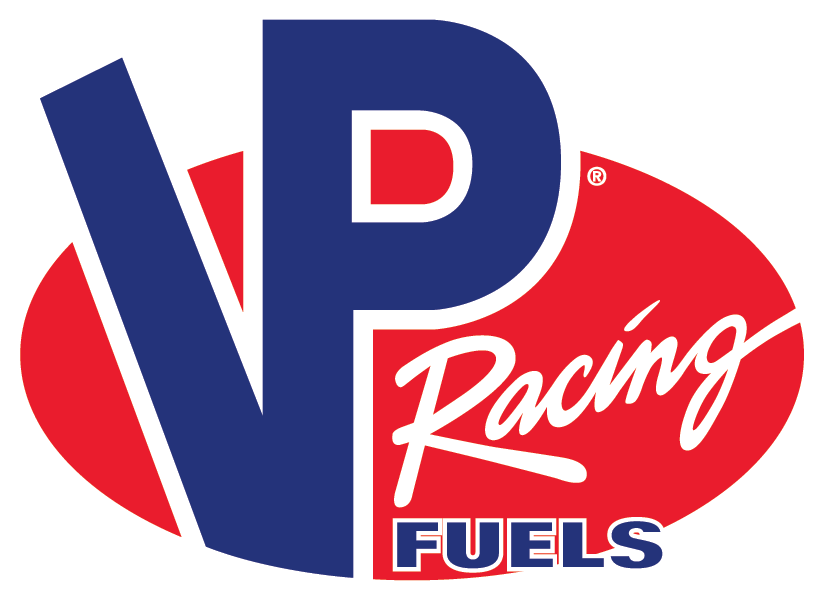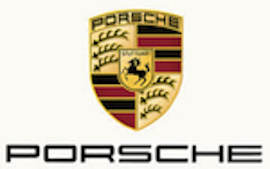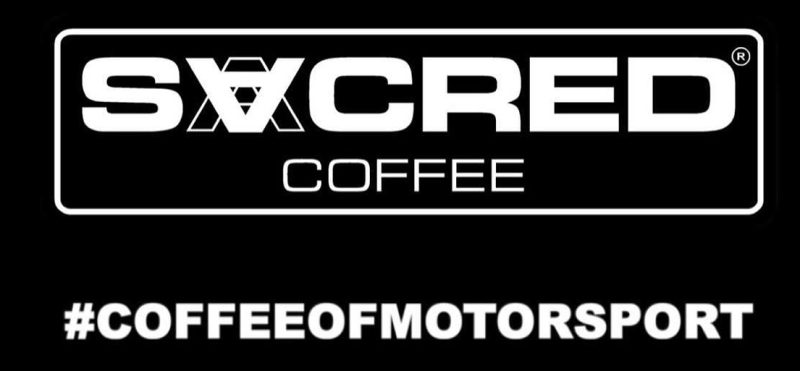“Le Mans’ new two-storey pits and articulated refueling booms were stunning additions to the permanent circuit. In just a dozen races Le Mans had matured into a premier event that stood level with the grands prix of nations on the international sporting calendar. Everyone was impressed by the new 60-car pits and the overhead refueling rigs that replaced the funnels and milk churns of the Twenties and the Depression era races. There were 44 entrants (23 British and 17 French), the biggest count since 1925.
But the Alfa factory team was absent. New grand prix rules and a restructuring of Alfa’s competition (and financial) priorities (focused on the new 750 Kg. grand prix formula) left Le Mans almost exclusively in the hands of privateers: primarily British gentlemen who embraced the Le Mans format. It all seemed to strike a peculiar chord in the British national soul. And a week’s vacation in the French summer sun was a powerful sensory magnate to a population once most easily recognized by their predominant national social prop, the umbrella.
Since the inaugural 24 Hours in 1923 English-speaking drivers had won half of the races while those who spoke a romance tongue claimed the other five. Le Mans had become a British race located conveniently in France. For 1934 two of the five Alfas, the clear favorites, were driven by the best of Britain’s splendid amateurs. (The Depression had kept all the American cars and but one American driver home.)
Half the field wore green though everyone there expected that the cars in front would always be red, even though there were only four Italians. First away was indeed an Alfa, but it was Lord Howe’s blue 8C2300 driven by Tim Rose-Richards. Another blue car in the first rank was the supercharged 4.9 Bugatti.
The end of the first lap was precisely the same as the final lap of 1933: Raymond Sommer’s Alfa led. Rose-Richard’s Alfa was second ahead of Philippe Etancelin in the blue number-nine ALFA 8C he shared with Luigi Chinetti. After 90 minutes Lord Howe’s blue 8C appeared in the lead with Rose-Richards driving. Sommer’s Alfa sat steaming in the baking French afternoon near Arnage and required a tow to get to the dead car park. Sommer’s effort to equal Barnato’s hat-trick was over.
Lord Howe’s Alfa led at a conservative pace until the first stops but Chinetti passed Rose-Richards who had surrendered the leading number-six Alfa to its owner. Etancelin maintained that lead but The Fifth Earl Howe was reveling in the chase.
At about 8:15 p.m. set a new lap record at 90 mph with all but a half-hour of his fuel gone. The number-five Clifford/Sanders-Davies Alfa eventually joined the Sommer 8C2300 in the dead car park after a protracted trip from third place to a DNF on lap 40 (broken valve).
Alfa troubles reared their head again just after the six hour mark when Lord Howe’s leading number-six 8C stopped on the circuit without lights. It took nearly an hour to trace the electrical system for the fault but by 11:30 “Lord Earl” as the French delighted in calling him, was back at the pits but well down the order in eleventh overall.
The big number-two Bugatti T50S of Pierre Veyron and Roger Labric was looking poised to upset the Alfas when Veyron was stopped, almost exactly at the stroke of midnight, by engine trouble. It took Lord Howe an hour to move his Alfa into sixth place. When his clutch failed and defied repair there was just one Alfa running at Le Mans.
The Aston-Martin team was well placed for a victory in the Rudge Cup until a wholesale round of retirements in the seventh hour eliminated the entire works team. Within the hour the #23 Aston had sudden and fatal engine problems; the #22, Appleton driving, broke an oil pipe. These were the secret prototypes of the now famous Ulster Astons and the twin failures were the worst kind of bad news at the worst possible time; the little 1494 cc #23 car was running second overall when stricken!
Chinetti and Etancelin had steadily built a lead of over seven laps by the ninth hour but were faced with an all too familiar problem that had haunted the Alfas in the 1933 24 Hours : the gas tank was leaking. With the 4.9 supercharged Bugatti gone and all the other Alfas – the only cars that could keep pace – in the dead car park, the pair wisely slowed their pace and kept a weather eye on the fuel leak. They had built a lead of over an hour and could afford a moderate pace. and dealt with it in an interesting manner: they ignored it and ran a measured race until 4:00 o’clock Sunday.
Their pace was well off the record of 1933 and would have been good enough for only third the race that Chinetti first won with Sommer in 1932. But it was good enough to win by an hour from the heroic little 1.5 liter works Riley of Jean Sebilleau and George Delaroche who were just a lap ahead of the irrepressible Freddy Dixon /Cyril Paul Riley.
The rest of the top ten were all British, save the ninth place Bugatti T44 three-liter, including the fourth place MG Magnette K3 of Charlie Martin and Roy Eccles who not only won the 1100 cc class but were just two laps behind the Dixon/Paul Riley.
It was Alfa’s fourth consecutive Le Mans win and that equaled Bentley’s streak from 1927 through 1930. Alfa-Romeo had been bankrupt just two years before but had won the first two major grands prix of the 1934 season two weeks after Le Mans. Best of all was Louis Chiron’s win in the Grand Prix de l’ACF at Montlhery in an Alfa P3.
Two weeks later the new German GP cars began flogging the Italians mercilessly. Monthlery was the final major success of Vittorio Jano’s red masterpieces until Tazio Nuvolari summoned a Nurburgring-miracle at the perfect moment during the high German summer of 1935.
Experts tipped Alfa to equal Bentley’s Le Mans total within a year. Though Bentley had won Le Mans five times to Alfa’s four no big British cars seemed ready, let alone poised, to take up the Union Jack at the Sarthe. “














